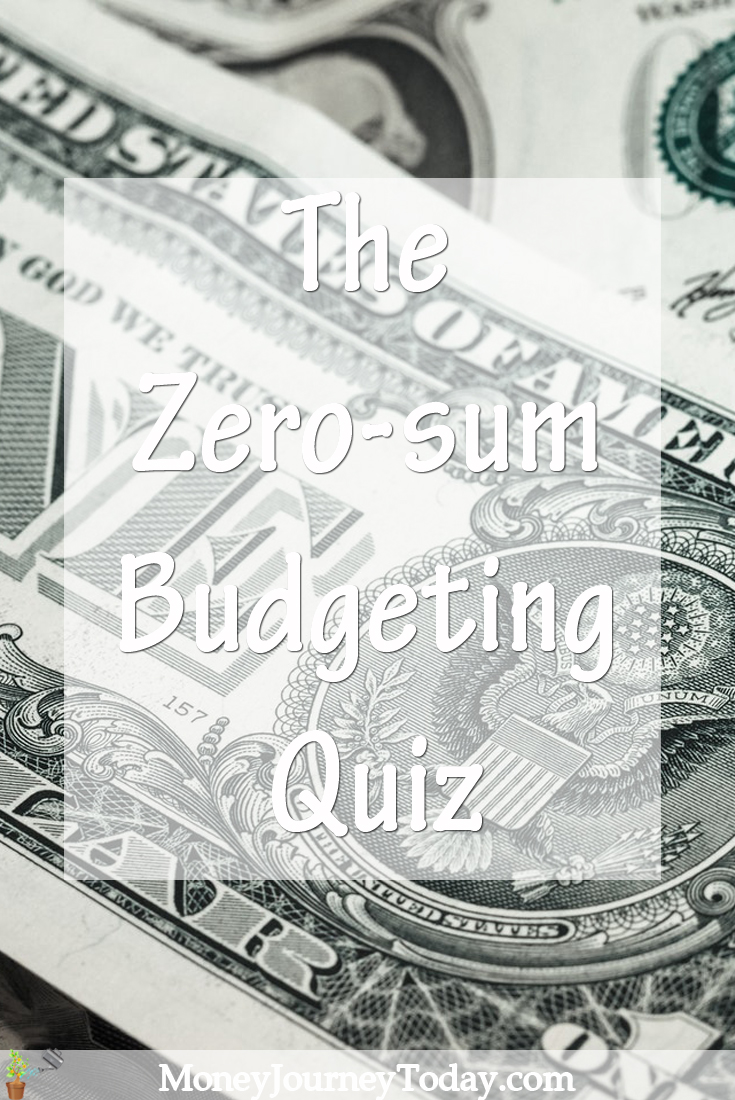Budgeting can be an incredibly helpful tool for managing one’s personal finances. There are many myths about budgeting, like it’s boring or takes too much time, but the fact of the matter is; budgeting can help you save money and spend less.
Zero-sum budgeting is a useful budgeting technique that can help you allocate every penny you earn. The goal for zero-sum budgets are to end up with a $0 for your total income/expenditures. To do this, you simply take last month’s income and spend every dollar towards this month’s expenses.
If you have fixed monthly expenses, you’ll budget enough money to cover those fixed costs first.
Then, you should prioritize your expenses based on probability and historical data. For instance, if you’ve spent between $300-$500 a month on groceries the last six months, you should set aside $500 to groceries.
Any additional money you have after planning our expenses should be allocated to some other category such as savings, debt repayment, or vacation funds. At the end, there should be no penny left unaccounted for.
The goal of zero-sum budgeting is to help you visualize where every dollar you bring in is going.
By breaking down your expenses and actually seeing how your income is being spent, you can find opportunities to save money and better optimize your budget.


[…] The next step is to organize the data into a workable budget. […]